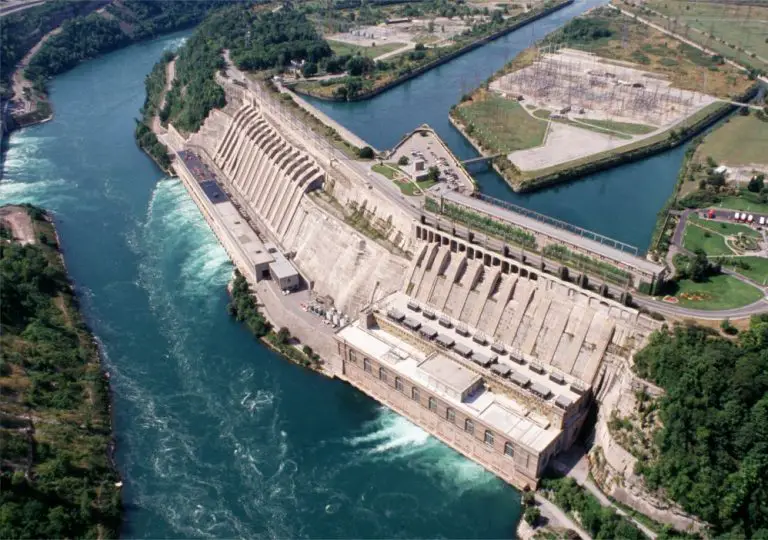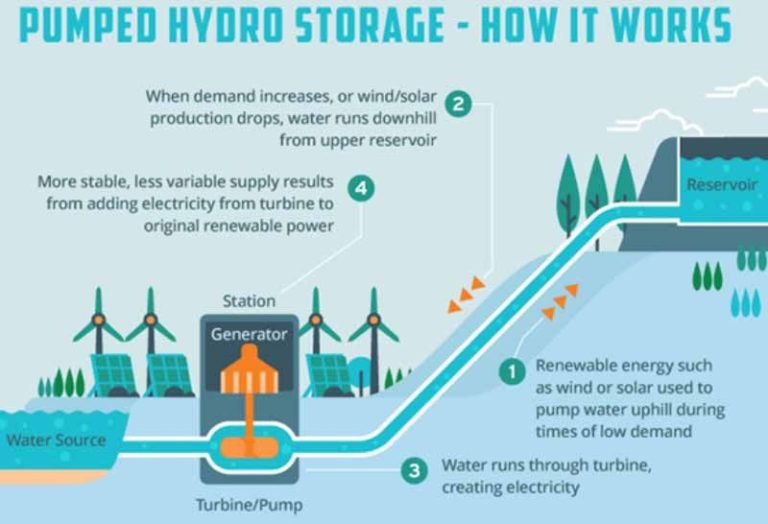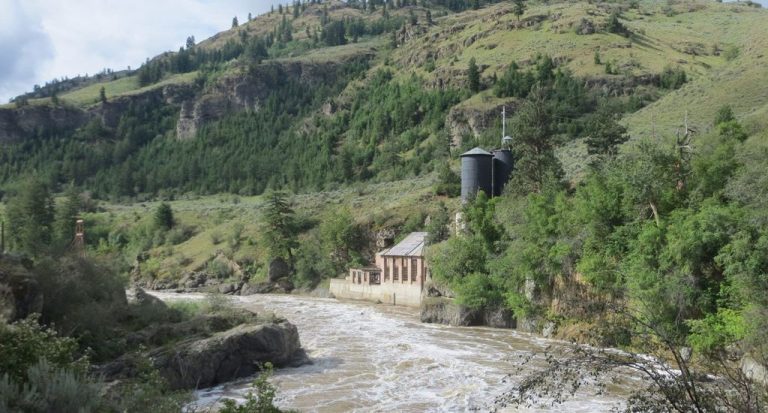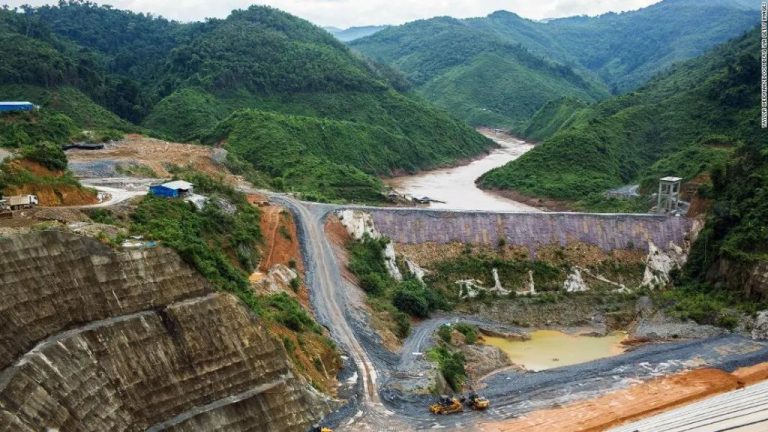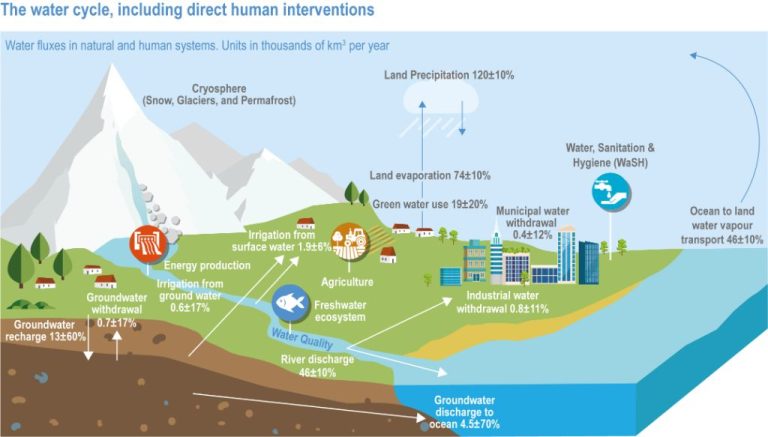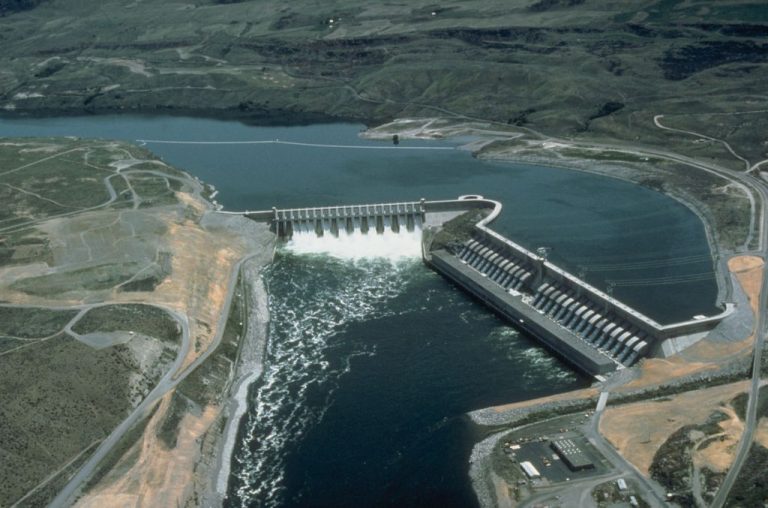What Is Good And Bad About Hydroelectric?
Hydroelectric power is a form of renewable energy that generates electricity by using flowing water to spin turbines connected to generators. It is considered clean and renewable, but also has some downsides. Hydroelectric dams provide cheap and reliable electricity in many parts of the world, but they also can negatively impact the environment by disrupting river ecosystems. This article provides an overview of the pros and cons of hydroelectric power and explains why it is an important topic given its widespread use globally.
Pros of Hydroelectric Power
Hydroelectric power offers several benefits that make it an attractive energy source. Firstly, it is a renewable energy source. The fuel source, water, is continuously replenished through the natural water cycle 1.
Hydroelectric plants also have relatively low operating costs since they do not require fuel to run. The water flowing through the dam powers the turbine and generator, so no external energy source is needed once the dam infrastructure is built 2.
Compared to fossil fuel power plants, hydroelectric generation results in lower carbon emissions. Hydroelectricity produces on average 24 grams of CO2 per kilowatt hour, while coal produces 960 g CO2/kWh 2.
The energy output from hydroelectric plants is generally consistent and reliable. Water flow can be controlled through dams and reservoirs to produce a steady supply of electricity to meet demand 1.
Hydroelectric stations can also store energy through pumped storage reservoirs. During periods of low electricity demand, excess generation capacity can be used to pump water into reservoirs. This stored energy can then be released to produce power during peak demand 1.
Cons of Hydroelectric Power
Hydroelectric power plants have some significant disadvantages that need to be considered.
First, they have very high upfront construction costs. Building large dams and power stations requires huge capital investments (https://earth.org/pros-and-cons-of-hydroelectric-energy/). The costs of construction can be 200-300% higher per kWh compared to fossil fuel plants, which can deter development in some places (https://www.energysage.com/about-clean-energy/hydropower/pros-cons-hydropower/).
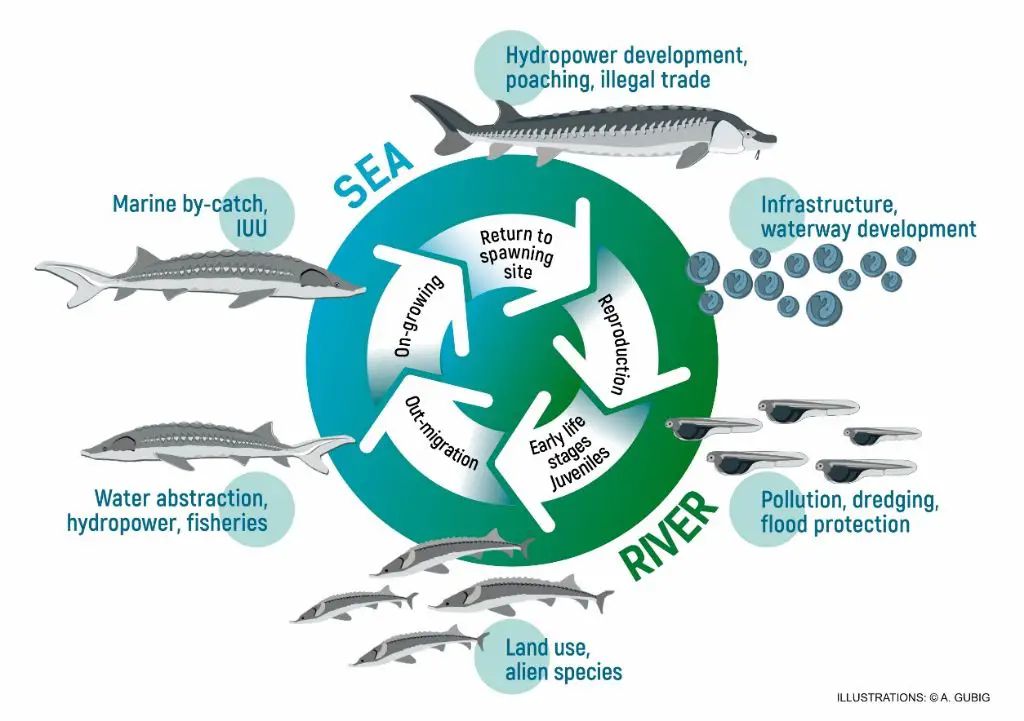
Reservoirs and dams also disrupt river ecosystems, changing the natural water flow, temperature, and oxygen levels. This can harm fish and wildlife that depend on the original river habitat (https://kiwienergy.us/pros-and-cons-of-hydroelectric-energy/). The dams block fish migration routes to upstream spawning areas.
Over time, sedimentation can build up in the reservoir, decreasing water storage capacity. Eventually reservoirs fill up with sediment and become ineffective. Removing this buildup is expensive and can release greenhouse gases trapped in the sediment.
Reservoirs are also a significant source of methane emissions due to decomposing organic matter underwater. Recent studies show hydroelectric dams produce higher emissions than previously thought, though still less than fossil fuel plants.
Finally, suitable locations for dams and reservoirs are geographically limited based on water flow, topography, and proximity to transmission lines. Many ideal sites have already been utilized in developed countries.
Environmental Impact
While hydropower generators do not directly emit air pollutants, the reservoirs created by dams can have significant environmental impacts (https://www.eia.gov/energyexplained/hydropower/hydropower-and-the-environment.php). Dams disrupt river ecosystems and can block the migration of fish species such as salmon. Water backed up in reservoirs floods vegetation and can release methane, a potent greenhouse gas, as plants decompose underwater. Sedimentation is also an issue, as the movement of nutrient-rich sediments downstream is blocked by dams.
According to the Union of Concerned Scientists, flooding land to create a hydroelectric reservoir can destroy forests, wildlife habitats, agricultural land, and scenic lands (https://www.ucsusa.org/resources/environmental-impacts-hydroelectric-power). Overall, hydroelectric power has significant impacts on river ecosystems and the surrounding environments. Careful planning is required to minimize harm to ecosystems and reduce greenhouse gas emissions from reservoirs.
Cost Comparison
Hydroelectric power has very high upfront costs but extremely low operating costs compared to other sources of electricity. Constructing hydroelectric dams and turbines can cost billions of dollars according to IRENA. However, once built, the operating costs are quite low, estimated at $0.05/kWh by Hydro Review.
In comparison, natural gas and coal plants cost much less to build but have higher operating costs for fuel. Solar and wind farms are cheaper to construct than hydroelectric but produce intermittent power. Over the lifetime of a hydroelectric dam, which can be over 50 years, the low operating costs make it highly cost competitive with all sources of electricity.
Reliability and Storage
One of the main advantages of hydroelectric power is its ability to provide consistent and reliable electricity generation. Unlike some other renewable sources like solar or wind power that depend on weather conditions, the flow of water in hydroelectric dams can be controlled and regulated to produce electricity on demand. This makes hydroelectricity a stable and dependable source of power.
According to a report by the U.S. Department of Energy, hydropower demonstrates consistent reliability even during extreme weather events. The study found that “hydropower in the Western and Texas interconnects continued to provide stable capacity factors and grid reliability contributions in the face of increasing challenges from droughts.”
Hydroelectric facilities can also function as energy storage systems. By using reversible turbine-generators, they can accumulate excess electricity produced during periods of low demand and then release it to meet higher demand periods. This “pumped storage” ability provides a way of effectively storing energy on a large scale.
Suitable Locations
Hydroelectric power requires both flowing water and a sufficient elevation drop to generate electricity. The most suitable sites utilize the natural downhill flow of rivers combined with dams and reservoirs to create an elevation change. According to the EIA, hydropower resources are often concentrated in mountainous regions with substantial precipitation and river flow. The western United States has ideal terrain and rivers for hydroelectricity production. Countries like Canada, China, and Brazil also have significant hydropower capabilities due to mountainous regions and abundant water sources.
Many of the best physical sites for hydropower dams have already been utilized, especially in developed countries. The most suitable remaining locations tend to be in remote regions or developing nations. However, small-scale “micro-hydro” projects can still harness power from smaller rivers and streams. Overall, the best hydropower locations require both an adequate water source and existing topography to facilitate elevation changes in the water.
Future Outlook
While the potential for large scale new hydroelectric dams is limited in many parts of the world, hydroelectric power is expected to continue playing an important role in the global renewable energy mix through upgrades to existing infrastructure and new small-scale and low-impact projects.
The most feasible growth potential involves modernizing and upgrading equipment at existing hydroelectric facilities, which can increase efficiency and capacity without the need for new dams. For example, the Hydropower Vision report from the U.S. Department of Energy estimates upgrades to existing plants could add over 12 GW of new capacity in the United States alone. [1]
New large hydroelectric dams are unlikely to see significant growth in the future, due to environmental concerns and limitations on suitable sites. However, smaller scale hydro projects such as small run-of-river systems and in-stream turbines provide opportunities for continued expansion of hydroelectric with lower impacts. The International Energy Agency projects most hydroelectric capacity growth will come from small hydro plants under 50 MW. [2]
Overall, while limitations exist, hydroelectric power remains a crucial renewable energy source that offers flexibility, storage capabilities, and low lifecycle emissions compared to fossil fuels. Strategic upgrades and deployment of new small-scale hydro can ensure it continues serving an important role in the global renewable energy transition.
[1] https://www.energy.gov/articles/hydropower-vision-new-report-highlights-future-pathways-us-hydropower
[2] https://www.iea.org/energy-system/renewables/hydroelectricity
Case Studies
Two major hydroelectric dam projects that demonstrate both the benefits and drawbacks of this technology are the Hoover Dam in the United States and the Three Gorges Dam in China.
The Hoover Dam was built in the 1930s and provides power to Nevada, Arizona, and California. It has brought jobs, economic growth, and clean energy to the region. However, the large reservoir flooded Native American ancestral lands and paradise valleys. Fish populations and water flow along the Colorado River ecosystem have been disrupted. Debate continues over this dam’s overall costs and benefits.
The Three Gorges Dam in China, completed in 2012, is the world’s largest power station. It provides emissions-free energy and better flood control for communities along the Yangtze River. However, it also displaced over a million people and altered the natural flow of the river. The weight of the reservoir has caused geological instability, and critics argue the massive project was rushed without sufficient oversight.
These two projects illustrate how large dams provide clean electricity but profoundly transform the surrounding environment and communities. Careful analysis is required to determine if the benefits outweigh the costs.
Conclusion
In summary, hydroelectric power has both advantages and disadvantages. On the plus side, it is a renewable source of energy that produces no direct waste or emissions. Hydroelectric dams provide water storage, flood control, and recreational benefits. The plants can adjust output quickly to meet shifts in electricity demand. However, hydroelectric projects also alter river ecosystems, displace people, and restrict water flows. Costs are relatively low once facilities are built, but initial construction requires high investments. While hydro supplies a significant portion of electricity globally, suitable dam sites are geographically limited. Overall, hydroelectric will likely maintain a key role in renewable power mixes, but growth may slow compared to other renewables like wind and solar.

